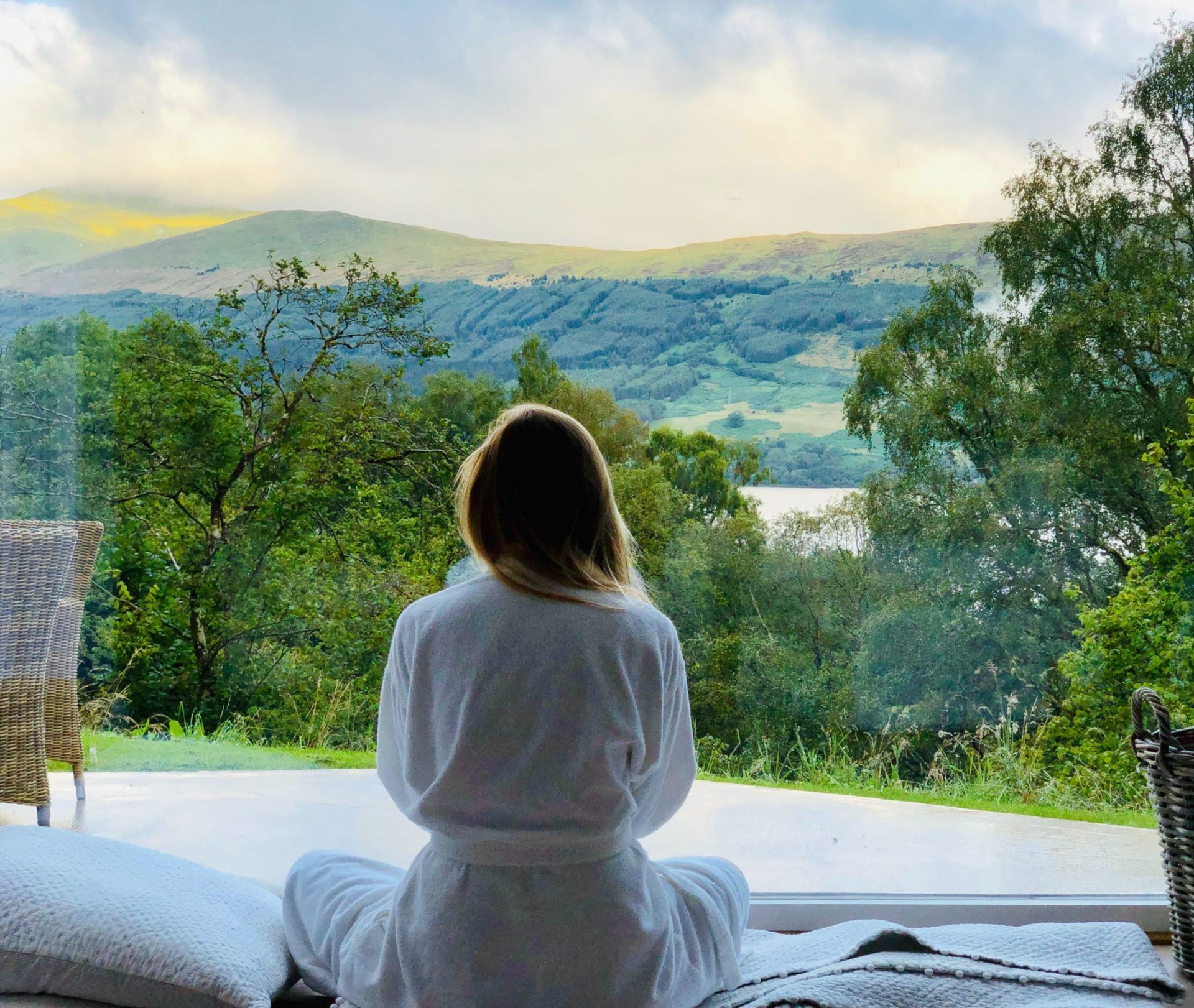The Power Nap: A Healthy Habit for Longevity
Often perceived as a sign of laziness, napping is actually a secret weapon for longevity and enhanced cognitive function. The benefits of power napping are numerous, ranging from boosting creativity and mood to reducing stress and inflammation. Regular napping can even play a preventative role against cognitive decline and conditions like Alzheimer’s disease. So, lets dive into the world of healthy napping habits and explore how you can harness the power of naps for a healthier, more productive life.
In particular, short power naps of 10 to 30 minutes promote alertness and performance without leaving you feeling groggy afterward. Napping gives your brain and body a chance to recharge during the day. Studies show that naps improve learning, logical reasoning, reaction times, sensory perception and accuracy on both physical and mental tasks. Pilots, astronauts, physicians, nurses and other professions that demand high performance utilize strategic napping.
The Optimal Nap
So what is the ideal nap length and timing? Sleep experts suggest keeping naps short to avoid grogginess. The most common recommended nap durations are:
– The Power Nap: 10 to 20 minutes. This provides quick alertness and performance benefits without too much sleep inertia.
– The Basic Siesta: 20 to 30 minutes. This allows you to progress into deeper sleep stages while still waking up refreshed. A NASA study found that 24-minute naps enhanced cognition and reduced fatigue.
– The Executive Nap: 30 to 60 minutes. This enables more slow-wave sleep but may cause some temporary grogginess upon waking up.
Napping too long can leave you sluggish from sleep inertia – that drained feeling after waking up. Limiting naps to 30 minutes or less avoids this effect. The ideal nap time is between 1-3pm when we experience a natural dip in alertness and performance. Napping later than 3pm may disrupt nighttime sleep. Getting outdoors for 10 minutes after napping helps boost energy through sunlight exposure.
Research confirms that brief daytime naps boost mental and physiological health:
– The National Sleep Foundation found that 20-30 minute naps prevent performance declines that arise after skipping nighttime sleep.
– According to a 2019 study, people who napped once or twice per week had a 48% lower risk of heart attacks and strokes compared to those who did not nap.

Napping and Brain Health
Research continues to demonstrate that napping benefits our brain health and cognitive function as we age.
Napping may also boost creativity. A study in Proceedings of the National Academy of Sciences gave participants creative problem-solving tasks before and after a 60-90 minute nap. Those who napped improved their performance by 40% compared to non-nappers. Napping appears to enhance divergent thinking and imaginative problem-solving.
The rejuvenating effects of napping are likely due to several mechanisms. Naps allow the brain to rest and restore physiological homeostasis. Sleep spindles and slow waves during naps may also help consolidate memories and reinforce learning. Napping reduces inflammation that can impair cognition. Daytime sleepiness triggers the glymphatic system to clear metabolic waste that accumulates during wakefulness.
Additional Benefits of Napping
Beyond brain health, napping provides additional benefits that promote wellness and longevity.
For heart health, research indicates that napping helps lower blood pressure and prevents stress-induced cardiovascular damage. A study showed that subjects who took midday naps had 5 mm Hg lower blood pressure compared to non-nappers. Their blood pressure dipped during naps then remained lower afterward. Researchers believe resting and napping allows blood vessels to repair themselves from stress-induced constriction.
Napping also bolsters the immune system. Studies demonstrate that sleep strengthens immune function and napping protects the body from immunosuppression. Naps help counter the toll of sleep deprivation on immunity. In medical settings, patients allowed to nap show improved immune function and lower inflammation.
Furthermore, napping enhances mood and reduces fatigue. The National Sleep Foundation found that 20 minutes naps decreased sleepiness and improved mood and performance for up to three hours. Naps refresh the mind and provide a boost in energy and alertness when you need it most.
For people who have trouble sleeping at night, daytime naps may help regulate circadian rhythms. Brief naps can supplement nighttime sleep loss without reducing sleep drive at bedtime.
Overall, research confirms that brief midday naps offer a simple yet effective way to support longevity through benefits to the brain, heart, immunity, fatigue levels, mood and sleep cycles. A strategic nap helps maximize mental and physiological functioning as we age.

Napping Tips and Strategies
To reap the full benefits of napping, consider these tips:
- Choose the Right Time – The best time to nap is between 1-3pm when we experience a natural dip in alertness. Napping later can interfere with nighttime sleep.
- Optimize Duration – For maximum benefits, limit naps to 10-30 minutes. Anything longer than 30 minutes may cause sleep inertia.
- Set an Alarm – Use an alarm to avoid oversleeping. Apps like Nap Alarm let you time naps in advance.
- Find a Dark Spot – Nap in a dark, quiet space. Try a room with blackout curtains or an eye mask to simulate nighttime.
- Get Comfortable – Lie down in a bed, sofa or recliner. Make sure the space is a comfortable temperature.
- Limit Caffeine – Avoid caffeine for at least 3 hours before napping to prevent disruption.
- Limit Screens – Don’t watch TV or use devices before napping. Blue light inhibits melatonin production.
- Relax – Practice deep breathing or meditation to ease into a tranquil nap. Gentle music may also help.
- Nap First – If exercising, nap before working out when most drowsy. Exercise after napping promotes alertness.
- Nap Again – Don’t be deterred if your first nap attempt fails. Keep trying until you find your optimal nap routine.
- Wake Slowly – After napping, get up gradually. Stretching or light movement helps you transition gently.
- Soak Up Sun – 10 minutes of outdoor sunlight after napping boosts energy by suppressing melatonin.
- Stay Hydrated – Drink a glass of water before and after napping to avoid dehydration.
By optimizing your napping environment, habits and schedule, you can maximize recuperation and productivity. Experiment to discover your perfect nap!
The Science of Sleep Inertia
Sleep inertia refers to that drained, groggy feeling that lingers after waking up from a deep sleep. It can occur after nighttime sleep, but especially after longer daytime naps. Sleep inertia results from disrupted transition between different brain wave cycles.
During sleep, your brain cycles between light sleep, deep slow-wave sleep, and REM sleep. Upon waking abruptly, your brain remains partially in a deep sleep state resulting in lingering drowsiness, disorientation, and cognitive impairment.
Sleep inertia is worsened if you are forced to perform mentally challenging tasks right after waking up before the brain has fully transitioned to an alert state. Mental confusion, difficulty focusing, and reduced motor dexterity may persist for 15 minutes up to over an hour after waking.
The effects of sleep inertia are temporary. As the brain emerges from its sleepy state, fogginess fades. You regain full alertness, clarity and performance ability.
Sleep scientists offer these tips to minimize sleep inertia:
- Take brief naps of 20 minutes or less. This limits deep slow-wave sleep.
- Allow time after waking to fully awaken before work or driving.
- Consume caffeine before a nap to counteract grogginess.
- Exposure to bright light tells the brain it’s time to be alert.
- Do light stretches and movements to gets blood flowing.
- Splash cold water on your face and neck to stimulate yourself.
While unpleasant, sleep inertia is a normal part of the sleep cycle. Just remember grogginess eventually dissipates as you transition into smooth wakefulness. With brief strategic napping, you can minimize inertia while boosting brain power.

Napping and Productivity
While often stigmatized, research confirms that short daytime naps can boost workplace productivity and performance.
Studies demonstrate that 10-30 minute naps improve alertness, memory, accuracy, and logical reasoning during work hours. After napping, subjects show enhanced recall, better information processing, and make fewer mistakes on both mental and physical tasks.
NASA research reveals that a 26-minute nap substantially enhances astronauts’ cognitive performance and vigilance during long missions. After napping, pilots also significantly improved alertness and performance on flight simulator tests.
Other studies highlight how naps prevent hazardous work errors that arise when employees are sleep deprived. Introducing nap breaks can improve focus, motivation and safety in high-risk jobs like medicine, transportation, emergency services and manufacturing.
Major companies like Google, Nike, Procter & Gamble, and Zappos have created nap rooms and sleep pods for employees. Providing nap spaces leads to higher job satisfaction and productivity per hour according to surveys.
While still uncommon in Western work culture, attitudes are changing, recognizing the benefits of worksite naps. Companies can optimize performance by allowing brief afternoon nap breaks and proper facilities. Employees should also be educated on proper napping strategies to maximize productivity.
Napping for Improved Athletic Performance
For professional athletes, gaining even a slight physical or mental edge can mean the difference between victory and defeat. An increasing amount of research demonstrates that brief napping can provide athletes with a legal way to boost their abilities.
Studies show that power naps as short as 15-20 minutes refresh the mind and body between training, practices and competition. Napping improves alertness, reaction time, accuracy and stamina which are all vital in sports.
One study in the Journal of Sports Sciences measured basketball players’ performance after taking 30 minute naps following morning training. In the evening 12 hours later, the napping group showed better sprint times and shooting accuracy than the non-napping group.
Other research found that college football players who napped for at least 2 hours per day performed better in sprint drills compared to those who slept less. Napping enhanced their energy levels and physical conditioning.
Experts recommend athletes time naps prior to peak fatigue and tailor nap lengths to avoid grogginess. Power naps give a temporary boost while longer naps allow for deeper recuperation. Athletes also report heightened creativity and visualization skills after napping, helping strategize game plans.
Along with proper training and nutrition, brief midday naps offer athletes an all-natural way to optimize both physical ability and mental strategy. As evidence grows, napping continues to be embraced in professional sports for gaining a competitive edge.
Napping Around the World
Attitudes and practices around midday napping, or siestas, vary widely between different cultures and countries.
In many Southern European and Latin American countries, longer afternoon siestas are an entrenched social custom. In Spain, businesses traditionally close from 2-5pm, allowing an extended break for the siesta. Studies show that countries like Spain and Greece that regularly practice daytime napping have lower rates of heart disease.
In China, napping after lunch is common and considered healthy. Chinese workers may nap for 30 minutes or more at work. Some companies provide dormitories for worker siestas. Surveys show that Chinese view napping as an effective way to improve mood, immunity and overall wellness.
The Japanese practice of inemuri allows people to nap briefly during the day by closing their eyes and resting. Inemuri does not involve fully sleeping but revitalizing oneself. It is considered acceptable to nap subtly during events, classrooms, and meetings.
However, the United States and other Western nations often look down on napping and lack an established napping culture. Daytime napping is associated with laziness or low status jobs. But with mounting research on the benefits of strategic napping, perceptions are slowly changing as companies provide nap rooms.
The variation in cultural napping practices reflects different health philosophies. In many Asian and Mediterranean societies, napping is seen as a prudent habit that promotes well-being. As global attitudes shift, societies may further recognize and integrate the science-backed benefits of brief, restorative daytime naps.

Famous Nappers Throughout History
Throughout history, many influential figures and revolutionary thinkers were devoted nappers who credited daytime sleep for fueling their creativity and achievements.
Famous nappers include:
- Albert Einstein, physicist – Known for taking frequent power naps. He would meditate then nap while holding a key, which would fall waking him after a few minutes.
- Thomas Edison, inventor – Believed short naps “revived his energies for important work.” He napped on his lab workbench with balls in his hand to awaken him.
- Leonardo da Vinci, artist and inventor – His journals reference siestas and sleeping for 15 minute spurts 4 times per day. He saw napping as a route to genius.
- John F. Kennedy, U.S. president – Relied on 1-2 hour afternoon naps to recharge, claimed it made him “sharper.” Often napped on the couch in the Oval Office.
- Napoleon Bonaparte, military leader – Famous for taking speedy “combat naps” of 10-15 minutes before battles when time was short.
- Salvador Dali, artist – Known for his surrealist “slumber with a key” method of napping while holding a metal key to wake himself up.
- Sara Mednick, neuroscientist – Conducted pioneering research on naps and memory consolidation while napping daily herself.
Though napping habits vary, history’s greatest thinkers prove brief daytime sleep can enhance our own productivity and imagination. Next time you nap, you’re in good company!
Benefits of Power Napping: Boost Cognitive Function with Napping
In conclusion, the scientific evidence strongly supports adopting brief, strategic daytime naps as part of a healthy lifestyle.
Napping offers a multitude of both mental and physical benefits. Even short 10-30 minute naps can boost cognition, creativity, productivity, mood, immunity, cardiovascular health and overall well-being.
As researchers continue uncovering advantages, attitudes towards napping are changing for the better. By shaking off outdated stigmas, we can embrace napping as a wise practice that enhances performance and longevity.
While napping needs vary individually, most can benefit from taking a short afternoon siesta, particularly between 1-3pm when energy dips. Experiment to find the ideal nap length and environment that leaves you refreshed.
Rather than feeling sluggish or guilty for stealing a quick nap, recognize it as a way to unlock your full potential. Don’t be afraid to rest your body and mind. By adopting brief, effective napping strategies, you can tap into the incredible power of sleep.
For more posts like this, read: Strategies for Aging Well: How to Maintain Independence in Old Age
Disclaimer: The information provided in this blog post is for educational purposes only and should not be considered as medical, financial, or legal advice. Consult with your medical, financial, and healthcare professionals for personalized guidance and recommendations regarding your specific needs and conditions.





